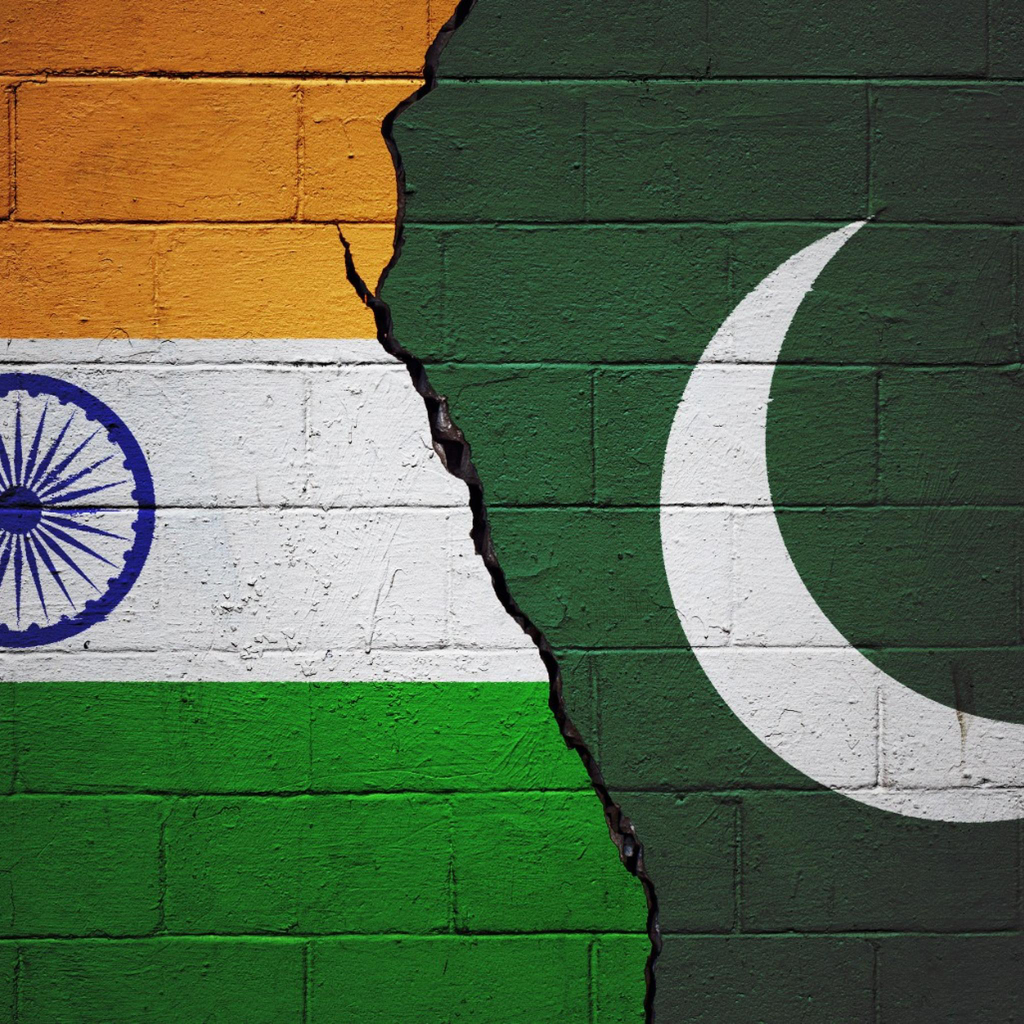Beyond the Flashpoint: Rethinking Location Strategy in the Age of Overconcentration, a Wake-Up Call for Global Services Leaders

In my previous blog, I had focused on the immediate implications of the India–Pakistan escalation and how global services leaders have been responding in real time.
But as we move toward de-escalation, there’s now a deeper question that needs answering:
Have we become too dependent on India for global services delivery?
The answer, in most cases, is yes. And it’s not a judgment; it’s actually a strategic reality.
Reach out to discuss this topic in depth.
The India overconcentration problem: The silent risk:
Let’s be clear: India has earned its position as the global hub for Information Technology (IT), business process, and digital services. No other market offers the same blend of talent, scale, cost, and maturity, meaning it’s no surprise that:
– More than 40% of offshore/nearshore global services headcount are now based in India
– 42% of all new offshore/nearshore Global Business Services (GBS)/Global Capability Center (GCC) setups in the last five years (2020-2024) were established in India
– Almost one-thirds of the total enterprises that use GBS/GCC setups have their only or primary hub location in India. A significant share of Fortune 500 operations run critical finance, procurement, IT, and analytics functions from India
– For industries like banking, pharma, insurance, and tech, India is the operational command center
But strength can become a liability if overconcentrated. And today, India has become the single biggest risk area for many global delivery networks.
Why this moment demands a rethink:
Over the past few years, organizations intended to diversify, but between talent shortages elsewhere, cost pressures, and speed-to-scale needs, most simply doubled down on India.
But as the recent geopolitical flashpoint has shown, we are now in a world of permanent volatility or ‘permacrisis’!
What future-ready location strategy looks like:
Here’s a structured approach global services leaders should consider:
1. Conduct a ‘Strategic Geographic Risk Assessment’
2. Rebalance to an “India Plus” network
3. Segment by process criticality and portability
4. Invest in Business Continuity Planning (BCP) Infrastructure, not just policy
5. Empower location strategy as a business enabler
What we’re seeing among leaders…
Forward-thinking GBS and sourcing leaders are already:
– Looking at portfolio relancing to create more redundancies within the network
– Evaluating Tier-2 city potential with fresh eyes
– Reactivating Southeast Asia assessments paused since the pandemic
– Running tabletop BCP simulations focused on India-centric disruptions
– Piloting select functions in Eastern Europe and Latin America (LATAM) to test portability
Everest Group is supporting many of these journeys, through footprint diagnostics, talent-market assessments, and delivery risk benchmarking.
It’s not about panic, it’s about preparedness!
De-risking India ≠ Leaving India:
Let’s be very clear: This is not a call to exit India. India will remain a global services powerhouse, unmatched in talent depth, cost, and ecosystem maturity.
It’s about acknowledging that no single geography is immune to disruption. The solution lies in strategic diversification, not reactionary exits. Because the real risk is not what happens today. It’s what happens if we’re caught off guard tomorrow.
Final word: If not now, when?
Every crisis offers a moment to lead or to lag.
If your location strategy hasn’t been revisited in the past 30 months, now is the time…
If your BCP hasn’t been tested under geopolitical scenarios, now is the time…
If your global delivery portfolio feels unbalanced, now is the time…
We’re here to help. Reach out to me at [email protected],
or connect with Everest Group for a tailored location resilience diagnostic, because if we wait for the next flashpoint, it may be too late to act, leaving only enough time to react.